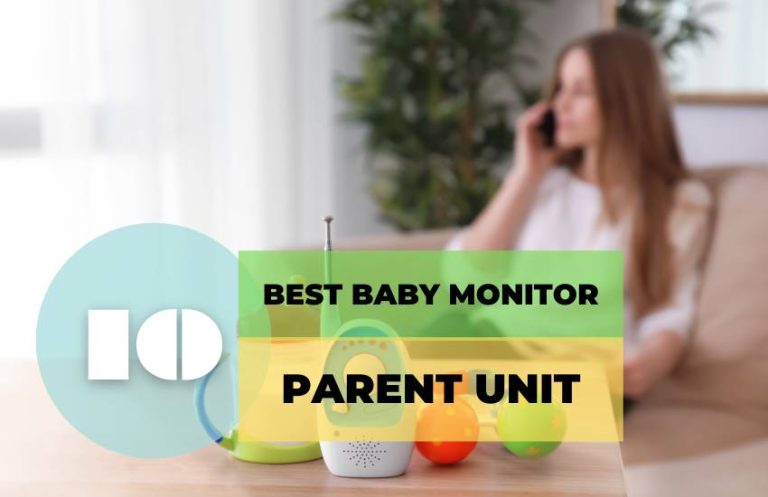How to Make a Crib Bumper?
In the world of nursery decor, a crib bumper can be likened to a protective shield, guarding your baby from potential hazards. This article will guide you through the process of creating a crib bumper, a versatile addition that not only adds a personalized touch to your nursery but also safeguards your little one from bumping their head or getting stuck between the crib slats.
Join us as we provide step-by-step instructions, customization tips, and safety considerations for a successful and secure crib bumper creation.
Benefits of Using a Crib Bumper
The benefits of using a crib bumper are twofold:
- It prevents the baby from bumping its head on the hardwood of the crib and keeps its arms and legs from getting stuck between the slats. As babies are prone to moving around in their sleep, the crib bumper acts as a protective barrier, cushioning any accidental bumps against the crib’s hard surface.
- Additionally, the bumper serves as a barrier to prevent the baby’s limbs from slipping through the slats, reducing the risk of injury or discomfort.
Risks of Using a Crib Bumper
Using a crib bumper carries potential risks that parents should be aware of. These risks include:
- Thick bumpers can increase the risk of SIDS (Sudden Infant Death Syndrome), which is a cause of concern for every parent.
- Bumpers can serve as hoisting agents for toddlers trying to climb out of bed, posing a risk of falls and injuries.
- Experts advise against using bumpers for prolonged periods of time due to the potential hazards they may pose.
- Each child is different, and what works for one may not work for another. It is important to consider the individual needs and behaviors of the baby.
- Parents should closely monitor their baby’s behavior and determine when it’s time to remove the bumpers to ensure their safety.
It is crucial for parents to weigh the benefits and risks before deciding whether to use a crib bumper.
How to Make a Crib Bumper?
Materials Needed to Make a Crib Bumper
To make a crib bumper, gather the following materials:
- Thin batting, breathable fabric in two complimentary colors
- A sewing machine
- Needles and thread
- An iron
Thin batting is essential for breathability and safety. The breathable fabric will ensure proper air circulation in the crib. Using two complementary colors will allow for a visually appealing design.
A sewing machine is necessary for sewing the fabric together and attaching the batting. Needles and thread will be used for stitching and securing the bumper.
Lastly, an iron will be needed to flatten the seams and give the crib bumper a polished look. Having all these materials ready will make the process of creating a crib bumper much easier and more efficient.
Steps to Make a Crib Bumper
To begin making a crib bumper, start by measuring the length and width of the crib. Once you have the measurements, follow these steps to create your own crib bumper:
- Cut batting to match the crib’s dimensions.
- Cut fabric pieces slightly larger than the batting.
- Pin the batting to fabric layers, leaving a 1/2-inch seam on one end.
- Sew three sides of each piece with 1/4-inch seams.
- Fold and iron the seams flat.
These steps will guide you through the process of making a crib bumper that fits your crib perfectly.
Considerations When Making and Using a Crib Bumper
When making and using a crib bumper, it is important to consider various factors to ensure the safety and effectiveness of the bumper.
Firstly, it is crucial to use thin batting for breathability to reduce the risk of suffocation.
Additionally, choosing the fabric that complements the nursery’s colors not only adds a decorative element but also enhances the overall aesthetic appeal.
Sewing ties securely is essential to ensure they can support the weight of the bumper and prevent it from coming loose.
While expert opinions should be taken into consideration, ultimately, parents should use their personal judgment and closely monitor their baby’s age and behavior to determine when it’s time to remove the bumpers.
Conclusion
Creating a crib bumper can be a practical and creative addition to any nursery. While they offer benefits such as protection and decoration, it is important to be aware of the potential risks associated with their use.
By closely monitoring your baby’s behavior and making informed decisions, you can ensure a safe and enjoyable experience with your homemade crib bumper.
So, get creative and make a bumper that not only enhances the nursery’s aesthetic but also provides a safe and comfortable environment for your little one.



